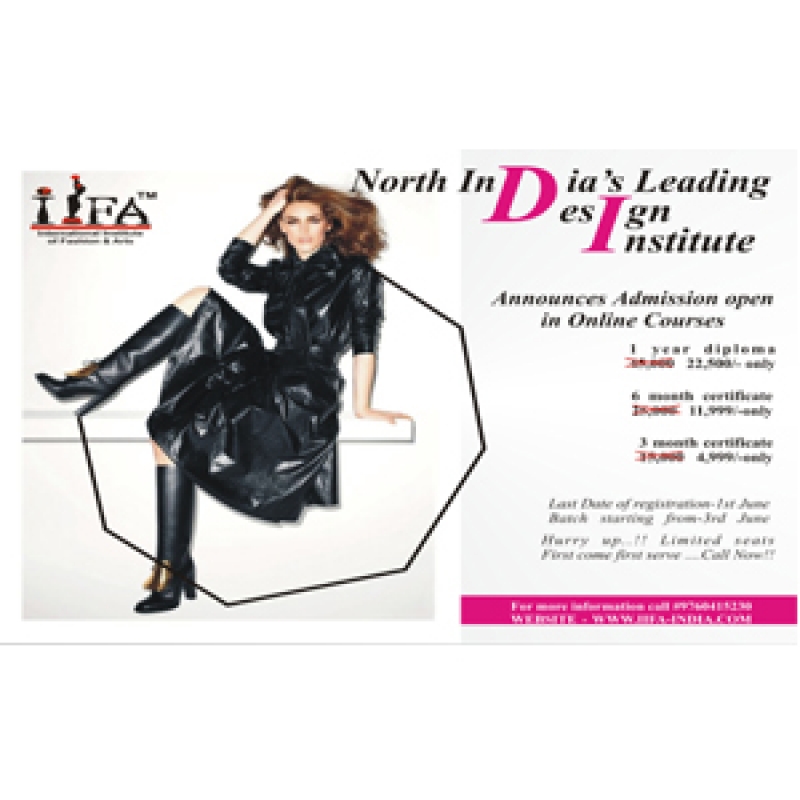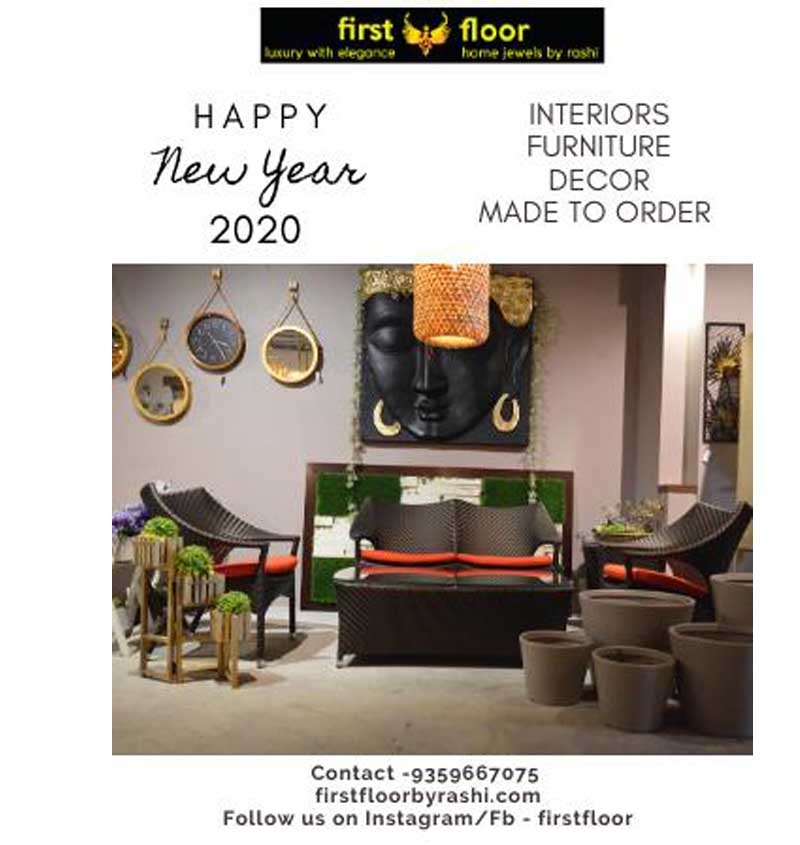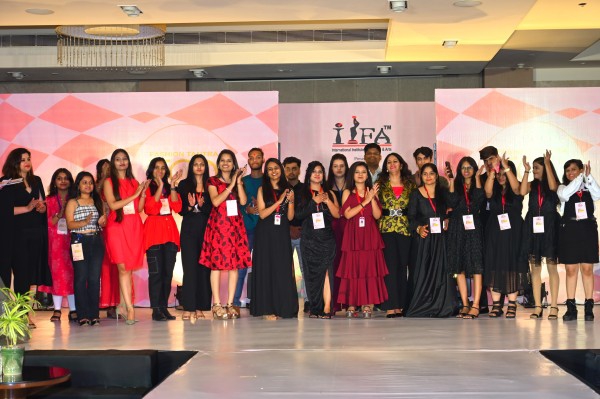1. The Role of Models in Fashion Design
Fashion designers meticulously craft collections with unique fabrics, cuts, colors, and textures, but it's the models who make these creations truly come alive. The model's ability to present and wear clothing in a way that resonates with the audience is crucial. They transform a designer’s vision into something tangible and aspirational. A model’s presence, energy, and personality help communicate the ethos of the brand, whether it's avant-garde, classic, or urban chic.
For designers, choosing the right model is an essential decision. They look for models who can embody the spirit of their design, bringing the garments to life in photoshoots, runway shows, and marketing campaigns. As a result, models become an integral part of a designer’s creative team, helping to communicate the essence of the collection to the target audience.
2. Opportunities for Fashion Designers in Modeling
Modeling offers numerous opportunities for fashion designers to expand their portfolios, build their reputations, and establish connections within the fashion industry. Here are several ways fashion designers can seize modeling opportunities:
a. Collaborating with Established Models
One of the most common paths is for designers to collaborate with established professional models for photoshoots or runway shows. These collaborations allow designers to showcase their collections to a wider audience, utilizing models' established brands to gain visibility and exposure. Famous models bring credibility to a designer’s collection, and their presence can be instrumental in making a design or brand more recognizable.
b. Scouting New Talent
For emerging designers, scouting new talent can be a brilliant opportunity to create something fresh and distinctive. New models often bring unique looks that break away from traditional beauty standards, enabling designers to explore bold concepts and push boundaries. This can be particularly valuable for designers who want to make a statement about inclusivity and diversity in the fashion world.
c. Running Your Own Fashion Shows
Fashion shows are a pinnacle event where designers showcase their collections to the world, and these events rely heavily on models to bring the designs to life. Organizing and running your own fashion show can be a major opportunity for designers to not only showcase their work but also curate a team of models who fit their specific vision. Whether it's for a local event or a high-profile runway show at Fashion Week, the opportunity to work closely with models can offer designers more creative freedom and control over how their designs are presented.
d. Influencer Collaboration
With the rise of social media and digital platforms, models who are also influencers offer a unique opportunity for designers. Collaborating with these influencers can be a highly effective way for fashion designers to increase brand awareness and engage with new audiences. These collaborations often extend beyond traditional modeling jobs, allowing designers to leverage the influencer's platform for promotional campaigns, photo shoots, and collaborations that resonate with online communities.
3. Building a Successful Model-Designer Relationship
For fashion designers, building successful working relationships with models can be transformative. Here’s how designers can create a strong bond with their models:
a. Clear Communication of Vision
Effective communication is the key to success in any collaborative effort. Designers should be able to articulate their vision for each piece or collection, guiding models on how best to wear and present the garments. Providing models with a clear understanding of the theme, mood, and desired aesthetic helps them convey the designer’s message with authenticity.
b. Respect for the Model's Craft
Just as designers spend years honing their skills, so do models. A successful partnership comes from respecting each other's craft. Models bring their own artistry to the table, interpreting the clothing in ways that only they can. Designers should give models the space to express themselves while maintaining a shared vision for the project.
c. Creativity in Photoshoots and Runway Shows
Creativity is an essential component of modeling and design. Designers should collaborate with photographers, makeup artists, and stylists to create an environment where models can fully express the essence of the collection. By providing creative freedom, designers can unlock new levels of innovation, whether on the runway or during a photoshoot.
d. Diversity and Inclusivity
Fashion today places increasing emphasis on diversity and inclusivity, and many designers are embracing a wider range of model types. By selecting models of various body types, ethnicities, and gender identities, designers can reflect the diverse world they are designing for. This approach not only resonates with consumers but also demonstrates the designer's commitment to breaking down traditional beauty standards.
4. The Future of Modeling for Fashion Designers
As the fashion industry evolves, so does the role of models in the design process. With the rise of virtual and augmented reality, fashion designers have new avenues to explore in terms of showcasing their work, but the human connection remains central. Additionally, with fashion becoming more inclusive and gender-fluid, the modeling industry is experiencing a paradigm shift, which creates an exciting space for designers to innovate and experiment with new concepts.
Virtual modeling, 3D technology, and AI-powered tools are also changing the modeling landscape. Designers now have the option to explore virtual models in digital spaces, creating another avenue for artistic experimentation. However, human models remain an irreplaceable element in creating emotional connections between designers and their audience.
Conclusion
Modeling is a vital and evolving aspect of the fashion design world. For designers, models offer more than just a way to display their work; they are collaborators who help elevate collections and bring the designer's creative ideas to life. Whether working with established names, scouting fresh talent, or tapping into the influencer market, designers have numerous opportunities to engage with models in ways that are both creative and impactful. As the fashion industry continues to evolve, the role of models will remain central to the continued growth and success of designers worldwide.



















Your Message